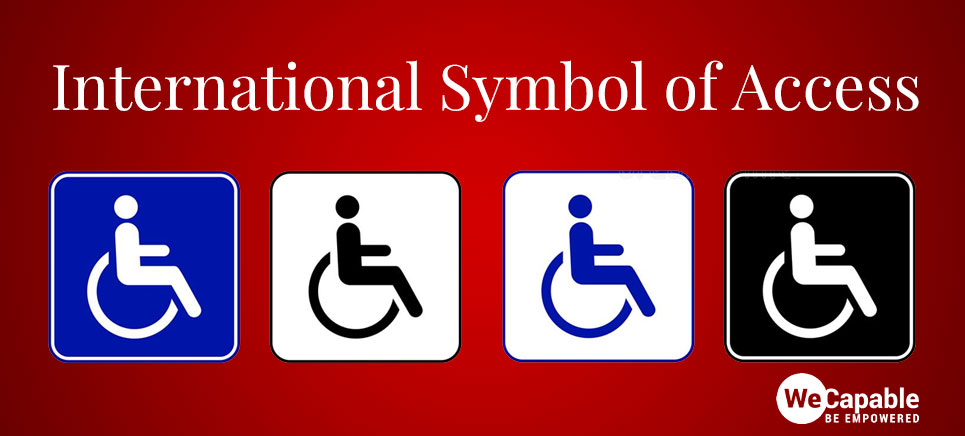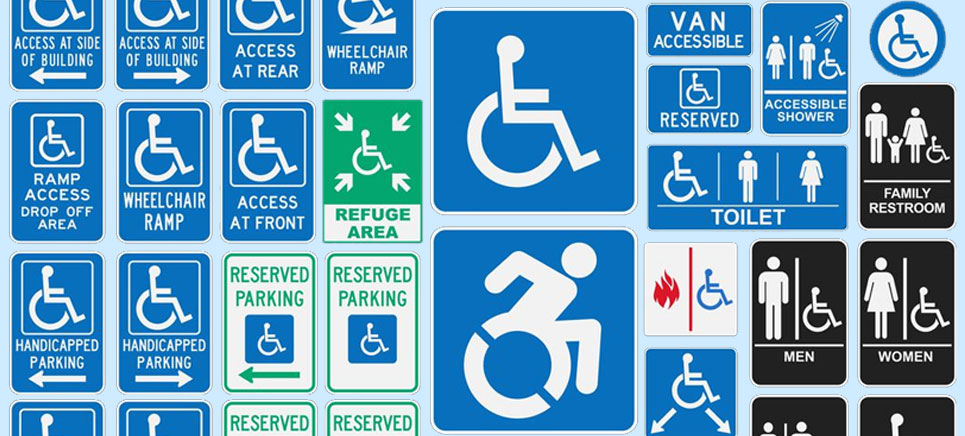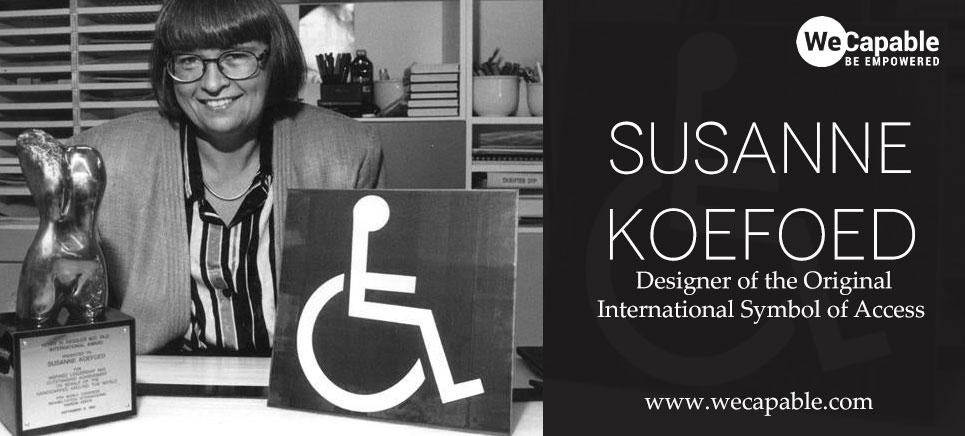The International Symbol of Access (ISA) is an internationally accepted symbol that denotes a place to be accessible for persons with special needs, especially wheelchair users. The symbol consists of a blue square with overlaid stick image of a person in a wheelchair. People all over the world are familiar with the symbol but very few know the meaning or significance of the wheelchair symbol. So, here we are providing you details about the International Symbol of Access.
What is the International Symbol of Accessibility?
As discussed earlier, the International Symbol of Accessibility (ISA) is the familiar ‘person on a wheelchair’ logo. It is one of the most common and easily recognizable symbols used around the world. Even a child can guess that the symbol has to do something with persons in a wheelchair. But, this is not enough understanding of the symbol. The first myth that needs to be busted is that ISA represents accessibility for ‘all’ and not just the wheelchair users. The symbol usually denotes the removal of infrastructural barriers like steps or narrow entrances etc.

Uses of the International Accessibility Symbol
- Symbol indicating parking space reserved for vehicles used by persons with disabilities. A person with disability here includes persons with visible as well as invisible disabilities who are legally entitled to an accessible parking space.
- Marking on the vehicle used by a person with a disability. The aim of the marking is often to indicate the permission to use a certain space for parking the vehicle.
- Symbol is used outside public lavatories to indicate it to be designed for the convenience of wheelchair users.
- Indication on a button to activate the automatic door or ramp.
- Indication for an accessible transit station for vehicles.
- Marking for a transit route that uses accessible vehicles.
- Indication for an accessible restroom at public places for persons with special needs.
- Marking for an accessible entrance to a building where the main entrance is not accessible.

Who designed the International Symbol of Access?
The original accessibility symbol was a result of a design competition held by Rehabilitation International. The icon was created by a Danish design student Susanne Koefoed. The International Organization for Standardization (ISO) adopted the design in 1968 and since then it has been a global icon for accessibility.

Though Susanne Koefoed is still credited for the logo that is today used as the International Accessibility Symbol, the logo is not completely his design. The original symbol created by Susanne was that of an empty wheelchair. On thorough evaluation, it was felt that the symbol may be confused as a monogram of letters. Karl Montan, the then director of Sweden’s New Handicapped Institute, added a circle on the top of the diagram to give an impression of a wheelchair-seated person. It was this final design that got accepted as the universal icon for accessibility.
Wheelchair Symbol in Different Colors
Though the International Accessibility Symbol is commonly made on a blue background, you might have seen the symbol in some other colors viz. red, light blue, dark blue, and green. The other colors of accessibility symbol are related to handicap parking permits.
Red is for a temporary parking permit. Light blue is only for wheelchair users. Dark blue for permanent disability. And, a green handicap parking permit is for organizations transporting persons with disabilities. If you are interested to know more about accessible parking permits, we have covered it in detail in another article.
Use the citation below to add this article to your bibliography
"International Accessibility (Wheelchair) Symbol: Meaning and Design." Wecapable.com. Web. June 4, 2025. <https://wecapable.com/wheelchair-international-access-symbol/>
Wecapable.com, "International Accessibility (Wheelchair) Symbol: Meaning and Design." Accessed June 4, 2025. https://wecapable.com/wheelchair-international-access-symbol/
"International Accessibility (Wheelchair) Symbol: Meaning and Design." (n.d.). Wecapable.com. Retrieved June 4, 2025 from https://wecapable.com/wheelchair-international-access-symbol/

Leave a Reply